2023 has been a year of incredible technological advancements.
This year, we saw the rise of ChatGPT and other generative AI models, and Apple finally released its long-awaited XR headset, the Vision Pro. But while we celebrate how far we’ve come, it’s just as important to pause and ponder on the technology that didn’t survive the year.
On our second annual list of tech that died, we have entries that lived long healthy lives, ones that were cut down in their prime, as well as those that were discontinued because, well, they didn’t make much of an impact at all. Nonetheless, we honor them here.
combine us as we look back.
1. Apollo
2017-2023
This was a tough loss. Apollo was so beloved for its interface and design that many iOS users preferred it over the actual Reddit mobile app. So when Reddit announced new API pricing that would have forced Apollo to pay $20 million a year, it did not go quietly.
Thousands of the most popular Reddit forums went dark in protest of the outrageous API pricing, with Apollo as a symbol of the fight against corporate greed. Ultimately, Apollo became a martyr as Reddit CEO Reed Huffman refused to back down, despite Apollo founder Christian Selig’s apparent good faith efforts to negotiate a deal. On June 30, Apollo closed down for good. Good night, sweet prince.
2. 13-inch MacBook Pro
2020-2023
The 13-inch MacBook Pro was controversial from the start. Sure it was a good choice for Apple users who wanted an entry-level MacBook Pro, but didn’t need the firepower of the pricer models. However, the dreaded Touch Bar made the 13-inch MacBook Pro somewhat of a punchline.

13-inch MacBook Pro 2020
Credit: Brenda Stolyar / Mashable
The OLED touchscreen instead of the top row of function keys was cool in concept, but tedious and gimmicky in practice. The buttons were unresponsive for some and users were frustrated by extra steps to locate the standard buttons. With the M2 15-inch MacBook Air still going strong, and the newly released M3 14-inch MacBook Pro, we knew the 13-inch MacBook Pro’s days were numbered. We can’t say we’ll miss you, Touch Bar.
3. Apple Lightning port
2012-2023
You might even say Apple’s Lightning port was on borrowed time. The proprietary charging setup was doomed as soon as the European Parliament passed a law forcing all smartphones and tablets to be compatible. Apple fought hard, claiming it would create even more e-waste if people had to abandon their Lightning ports. But the EU wasn’t having it and Apple was forced to comply.
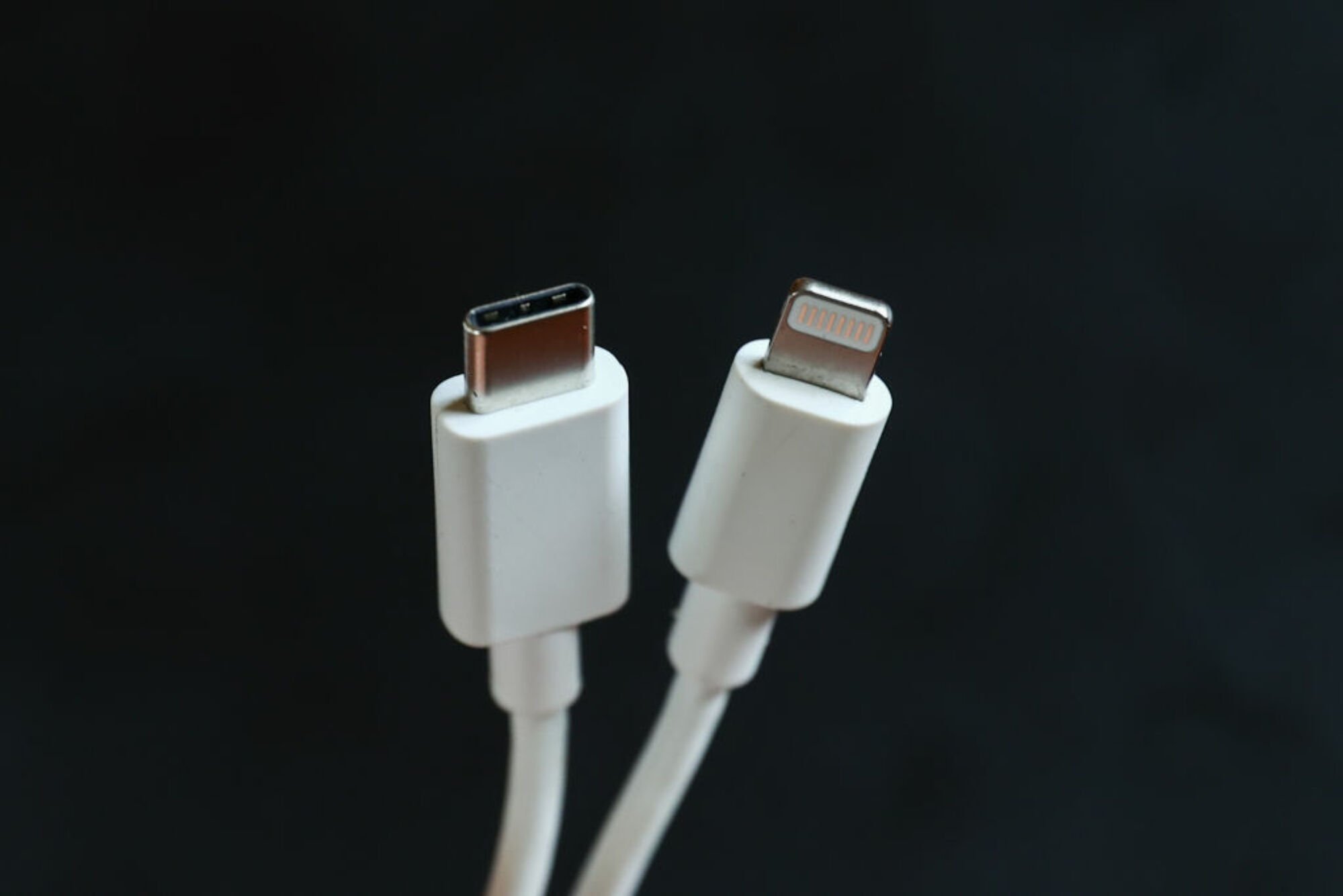
So long, Lightning cable.
Credit: Getty Images
As a result, we were got the iPhone 15 and AirPods Pro with USB-C ports. It will take some time for the Lightning port to fully phase out, but people will never look back once they achieve they only need one charger for their phone and laptop. And when that day finally comes, just make sure your Lightning cables are properly laid to rest.
4. Twitter
The Twitter brand: 2006-2023
Twitter Circles: 2022-2023
How many times can X (formerly Twitter) die before it’s really dead? Despite Elon Musk’s apparent best efforts, X is the Rasputin of social media platforms and refuses to quit.
Even if X somehow still survives in a half-dead, zombified state, parts of it continue to die, which is why it has made this list two years in a row.
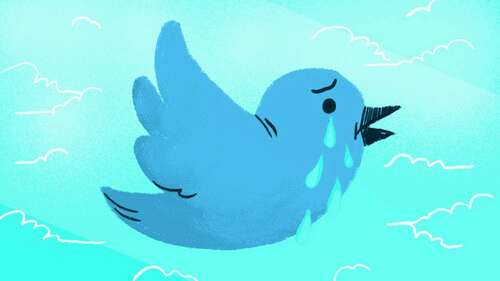
The Twitter will fly no more.
Credit: Mashable illustration: Vicky Leta
Last year, we mourned the loss of a Twitter we loved to hate. This year, we mourn the death of the name itself: “Twitter.” For reasons not entirely clear, Musk is obsessed with the letter “X,” so it makes sense from that standpoint that he’d rename Twitter to X. But from every other standpoint, trashing one of the most iconic and recognizable brands baffled many.
In 2023, we also said goodbye to Twitter Circles. Even in its short life, it afforded many the chance to gossip and shit-talk within an exclusive, invite-only space. Although, why not just make your account private instead?
5. Amazon Halo
2020-2023
Some technologies never even had much of a chance to being with. That was the case with Amazon’s line of fitness devices, Halo. The brand sold a three devices: a wearable fitness tracker called the Halo Band, which was succeeded by an updated model called the Halo View, and the Halo Rise (a sleep tracker and smart alarm clock for your nightstand).

The Amazon Halo lineup never quite made its mark.
Credit: Getty Images
But Halo was ill-fated from the beginning. The devices were barebones versions of other fitness devices on the market and didn’t offer advanced health and wellness features appreciate the Fitbit and Apple Watch. Plus, Amazon launched Halo in 2020 when fitness tech was already an oversaturated, competitive market. Unsurprisingly, Amazon announced this year that the entire Halo division would be shut down. It just goes to show that even Big Tech sometimes swings and misses.
6. Netflix shipping DVDs
2007-2023
Gather ’round, children. There once was a time when Netflix was just a mail-order DVD business. Long before streaming was a thing, you could have DVDs shipped to your house instead of schlepping out to a physical store called Blockbuster, which also sold DVDs.

Never again will we encounter the thrill of receiving these red envelopes in the mail.
Credit: Getty Images
In the on-demand streaming era, it’s hard to believe a relic appreciate that still existed in 2023. imagine waiting three to five business days to watch a movie you only thought of impulsively. But those still ordering Netflix DVDs weren’t just the elderly or technophobes. As streaming platforms quietly eradicate titles from their digital catalog in order to save money, some films and shows might only be available on DVD.
“Older titles leaving a particular streamer is something that happens all the time as licensing deals shift and shuffle content between different platforms, but companies ditching their own bought-and-paid-for content that’s unlikely to find a new home elsewhere online — let alone on physical media — is a darker trend,” said Mashable Editor Caitlin Welsh.
It’s certainly the end of an era for the streaming giant. But the death of Netflix DVDs also comes with a message: don’t throw out your old DVDs just yet — they might be the only copies left.
7. Google Glass
2013-2015, 2017-2023
No, Google Glass wasn’t “already dead.” How dare you for thinking that. Without Google Glass, we wouldn’t have Meta Quest 3, the Ray-Ban Meta smart glasses, and the Apple Vision Pro. So, let’s show some respect.
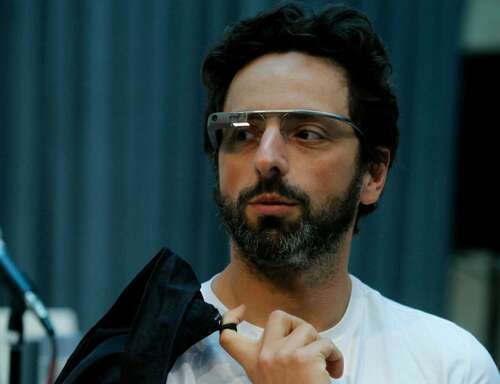
It wasn’t the coolest-looking device but we owe it a lot.
Credit: Getty Images
It’s fitting that the Google Glass was discontinued the same year Apple finally unveiled its XR headset — it’s as if a cosmic life cycle was brought to a close. Google Glass may not have looked cool, which was one of the reasons why it failed. But Google X, the team behind Google Glass, paved the way for mixed reality, voice and image recognition, and hands-free computing in ways that we take for granted today. Plus, we might still see an evolved version of Google Glass someday.
Google Glass faced privacy concerns and stirred up ethical questions of filming and taking video in public spaces without people’s permission — concerns that still exist today. Ultimately, this was another reason why Google Glass never gained mainstream traction. Google Glass discontinued in 2015, but revived in 2017 for the business market. However, this year Google Glass will be laid to rest for good.
8. TikTok and Instagram creator funds
TikTok Creator Fund: 2020-2023
Instagram Reels Play: 2021-2023
Instagram and TikTok started creator funds as a way of drawing talent with a strong user base to their platforms. But now that the mission has been ostensibly accomplished, both the TikTok Creator Fund and Instagram Reels Play are shutting down.

The party’s over for creator payouts on TikTok and Instagram.
Credit: Getty Images
For the TikTok Creator Fund, this was expected. The fund, which pays creators with 10,000 followers and 100,000 views within the past 30 days, was only ever supposed to last for three years. Instagram Reels Play’s expiration date was never explicit, but basically shut down for the same reason. The monetization tool offered bonuses to creators who had reached certain Reels metrics on Instagram. But as CEO Adam Mosseri explained at press event, covered by Mashable Senior Reporter Christianna Silva, it was always meant to be temporary since it’s not sustainable to keep giving creators payouts.
Unfortunately, that put many creators in the lurch. “Creators are often put in a frustrating position in which they rely heavily on platforms for their income, but have almost no control over how those platforms work.” said Silva. “At any moment, a platform can eradicate their stream of income or make their entire business model moot.” R.I.P. to a semi-reliable source of income for creators.
9. Pebble
2023-2023
After Elon Musk bought what was then known as Twitter (now X), Pebble was one of several alternatives that popped. Initially T2, then later rebranded to Pebble, it was founded by former Twitter employees as an attempted replacement of the pre-Musk version of the social media platform. But Pebble immediately faced steep competition.
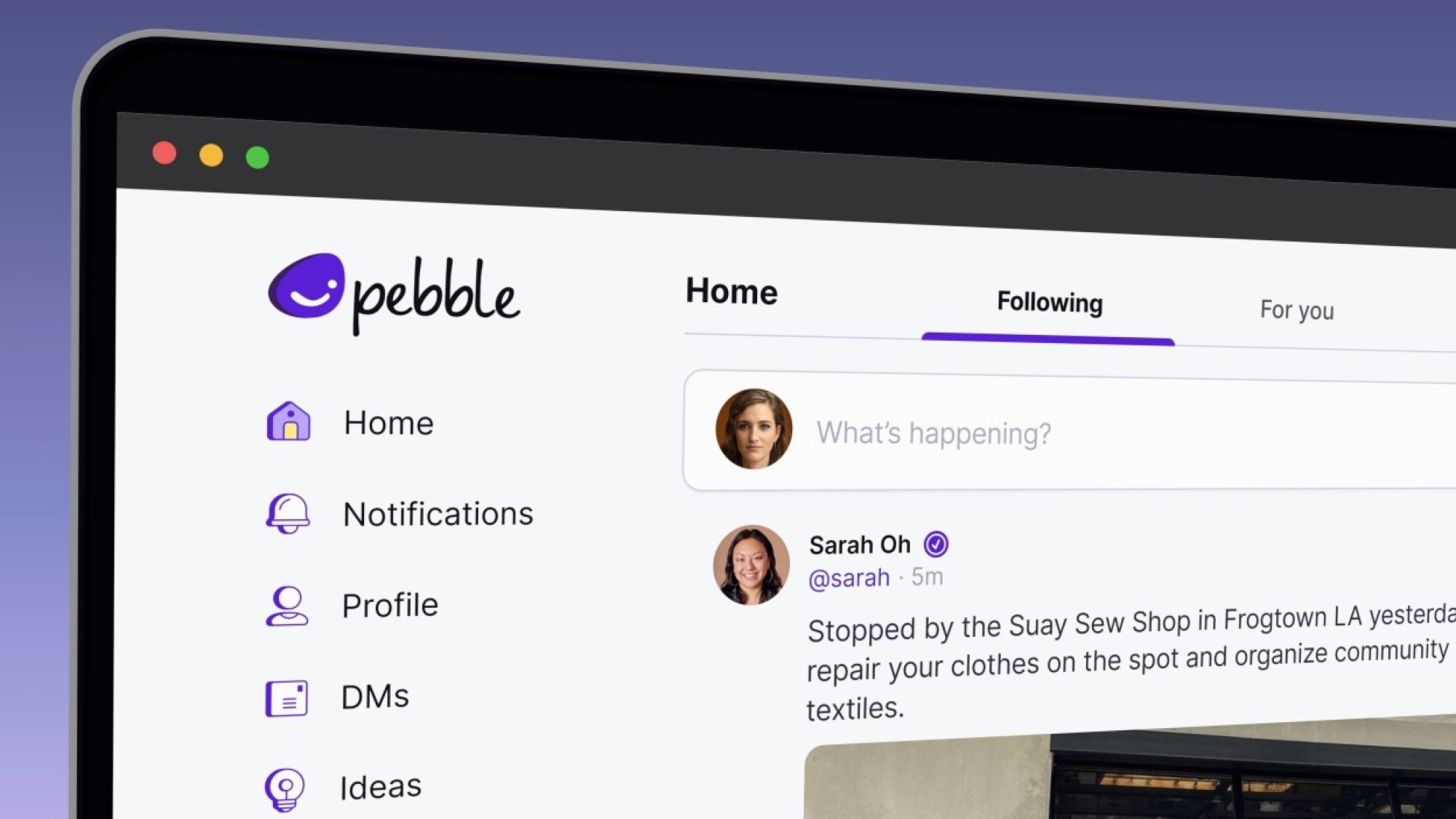
The first of the Twitter alternatives bites the dust.
Credit: Getty Images
“Bluesky, Threads, and Spill make up just a handful of the many Twitter alternatives to launch to serve users looking to escape Musk’s platform,” wrote Mashable Senior Reporter Matt Binder. “The space is so crowded that even Threads, an app created by Meta and heavily tied to Instagram, has failed to stand out and make an impact in the space so far.”
Without a big founder name appreciate Jack Dorsey attached to it (Bluesky) or deep Meta pockets (Threads), Pebble didn’t survive. Let’s pour one out for an app for its valiant efforts to create a Musk-free social media platform.
10. Omegle
2009-2023
Omegle started as an innocuous way to confront total strangers online, but later became synonymous with cybersex before finally warping into a playground for flashers and pedophiles. It experienced a resurgence during the pandemic, but it has now reached the end of a life that (virtually) touched many. Omegle was finally shut down this past November over issues related to unsustainable content moderation.
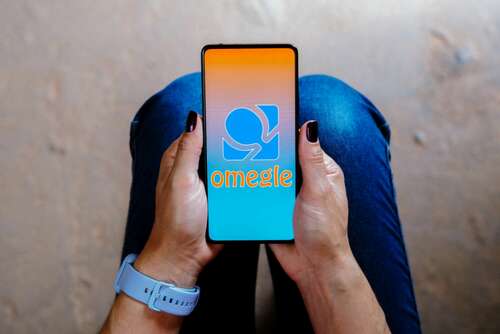
It’s the end of an era for anonymous cybersex.
Credit: Getty Images
But Omegle’s legacy lives on. As Mashable Features Writer Beth Ashley put it, “Now that we’re more internet literate and safety conscious as a society, it’s unlikely we’ll ever have an unregulated social-spontaneity platform turned anonymous sex site made by an 18-year-old in his parent’s house ever again, and that’s certainly a good thing. But people’s natural talent for turning any internet service into a sexual one will always exist, Omegle or no Omegle.”

